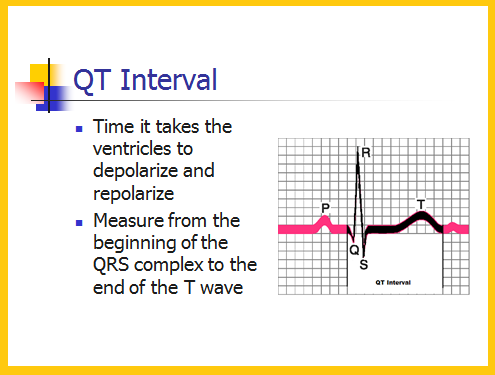

Figure 3 provides useful examples of QT measurement and corrections in several ECG scenarios.

Also, automated measurements have not been validated in conduction abnormalities (eg, left bundle branch block) and, hence, manual measurement is the only option. As a result, the automatic QT interval is often longer than the QT interval from any individual lead. 187 Most ECG machines automatically report a QT interval by calculating the time between the earliest QRS onset of all leads and the latest offset of the T wave. 186 Subtracting the QRS duration from the QT measurement (ie, calculating the so-called JT interval) and using a cutoff of >360 ms is an alternative to the modified QT interval calcula- tion. then correcting it for HR with conventional formulas or by taking a QTc of >550 ms as abnormal without any substrac- tion. F, A patient with junctional bradycardia, where the T wave is followed by a subsequent wave (U wave) that should not be included in the QT measurement. E, A patient with a prolonged PR interval of 360 ms with the P wave overlapping with the T-wave recording drawing an imaginary line following the downslope of the T wave is the accepted way of calculating the T-wave offset and, thus, the end of the QT interval. D, A wide QRS as a result of a left bundle branch block. C, An example of a wide QRS because of a biventricular paced rhythm (note 2 small pacing spikes preceding the QRS) that falsely prolongs QT. B, A narrow QRS with prolonged QT interval. A, A normal ECG with narrow QRS and a normal QT interval.

A correction with the Hodges formula is exemplified here: QTcH=QT+1.759. ECG strips from lead II recorded at 25 mm/s and at 1 mm/mV with the measurement of the QT interval highlighted and calculations of different corrected measures: Bazett formula (QTcB), Hodges formula (QTcH), and Fridericia formula (QTcF). Examples of QT measurement and correction (QTc).


 0 kommentar(er)
0 kommentar(er)
